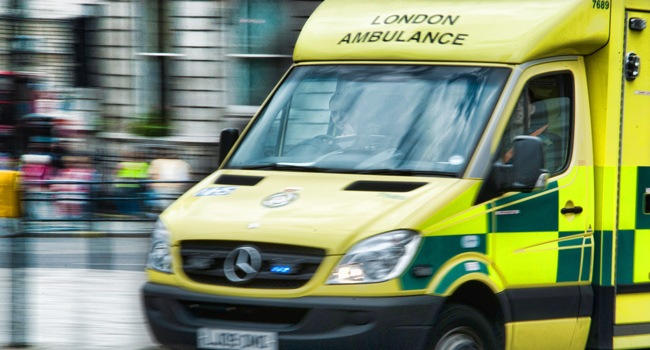
Ambulance responders in England: now 999 call handlers triage patients
Sky News announced new tests about ambulance response methods, carried out by NHS in London and southwest England. They turned out to be very succesful.
Ambulance responders: a new method for dispatching
Life-threatening calls get an immediate response, anyway, and the scene generally can be reached within 8 minutes. On the other hand, other kind of calls, are triaged over the phone with medical questions in order to categorize the nature of the problem. Less serious situations are monitored over the phone with clinical advices with the aim of maintaining patients calm, then sending an ambulance with lower priority.
However, it is possible that call handlers take more than 2 minutes to understand what is really going on the other side, so, as Mr. Le Chevalier said, they have extra time to make sure of patients condition in case of “uncertain” situations – chest pain, for example, which can be an heart attack, but also an indigestion. That is why dispatchers have to be sure about patient condition to intervene.
Again Mr. Le Chevalier affirms:
“What this trial allows us to do is (ensure) appropriate resources are sent, so we have available ambulances to send to those in most need.”
- In the 23 weeks since starting the pilot, SWAS received 398,423 emergency calls.
- Of those, 56,049 – 24,323 more than the same period last year – were dealt with just over the phone.
- And 74,310 were sent an ambulance with a reduced priority.
- In all, the service has made 98,633 fewer blue-light journeys since the start of the trial.
Mr Le Chevalier continues:
“During this trial we have had no adverse incidents, no safety issues. When you triage a call there is always that concern, but our system is risk averse.”

